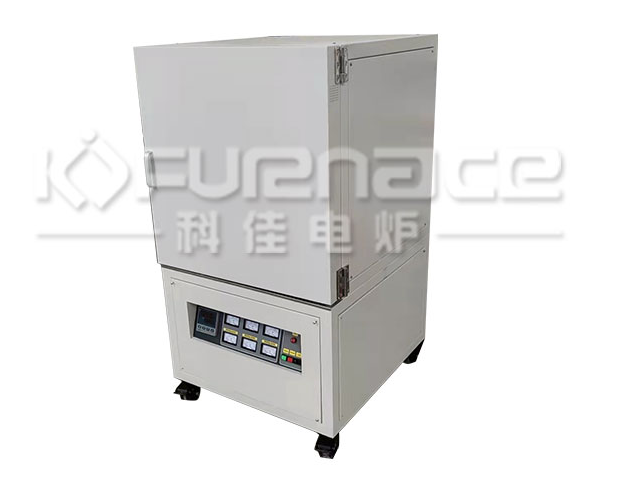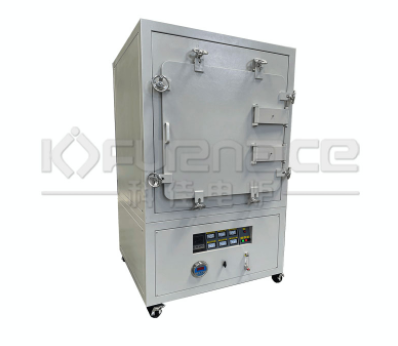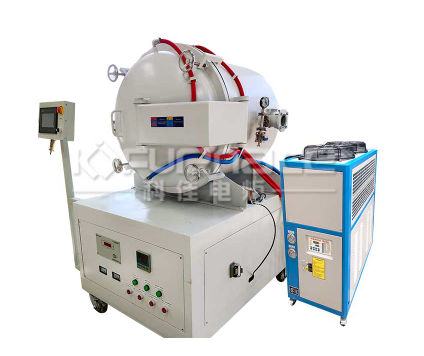When choosing a tempering furnace, multiple factors need to be considered to ensure that the selected equipment can meet process requirements, improve production efficiency, and reduce operating costs.

Box furnace commonly used for tempering (click on the image to view product details)
So what are the things to pay attention to when choosing a tempering furnace?
Clarify process requirements: Firstly, it is important to have a clear understanding of the type, size, material, and specific requirements for heat treatment of the workpiece to be processed. This helps to determine the basic parameters and specifications of the reheating furnace, such as heating temperature range, heating speed, insulation time, etc.
Furnace type selection: Select the appropriate furnace type based on the type of workpiece and process requirements. For example, for workpieces that cannot be mass-produced, a box furnace can be used; For heating long axis or long screw rods, pipes and other workpieces, a deep well electric furnace can be selected; For the production of large quantities of parts such as automotive and tractor gears, options include continuous carburization production lines or box type multi-purpose furnaces.
Atmosphere control: If the tempering process needs to be carried out in a specific atmosphere, such as nitrogen, hydrogen, etc., a tempering furnace with atmosphere control function needs to be selected to ensure the required atmosphere environment is maintained throughout the entire tempering process.
Power and size: Select the appropriate power and size of the tempering furnace based on the number and size of workpieces. Too little power can lead to slow heating speed and long heating time, while too much power can cause the furnace to overheat and waste energy. At the same time, the size of the furnace should ensure that the workpiece can freely enter and exit, avoiding size mismatch that may cause inconvenience or low efficiency in operation.

When it is necessary to vacuum or create an atmosphere during the tempering process, you can choose an atmosphere furnace (click on the image to view product details)
Convenience of operation: Considering the convenience of operating the tempering furnace, choose equipment that is easy to operate and maintain. A stove with simple operation is usually easier to get started with, which can improve work efficiency and reduce training costs.
Insulation material selection: The insulation material of the tempering furnace has a significant impact on thermal efficiency and service life. Organic materials such as silicate fibers and ceramic fibers have good insulation effects and are lightweight, but their durability is poor; Inorganic materials such as high-temperature graphite and high aluminum foam have good durability, but their high-temperature resistance may be slightly inferior. Select appropriate insulation materials based on factors such as usage temperature, insulation effect, and production cost.
Material of furnace bottom plate: The material of furnace bottom plate should have good thermal stability, high temperature strength, wear resistance, and corrosion resistance. The commonly used materials include cast steel furnace bottom and cold heading steel furnace bottom, and various factors should be comprehensively considered when selecting.
Safety and usability: Choose a tempering furnace with good safety and usability, including safety protection devices, easy operation, and maintenance, to ensure the safety and convenience of tempering operations.
Brand and Quality: Choose a well-known brand and reliable tempering furnace manufacturer to ensure the stability and reliability of the equipment. This helps to reduce failure rates, improve production efficiency, and reduce maintenance costs.
Price and budget: Based on the comprehensive consideration of the above factors, select a suitable tempering furnace according to the budget. Be careful not to excessively pursue low prices while neglecting the quality and performance of the equipment.

For those who require high vacuum during tempering, they can choose a vacuum furnace (click on the picture to view product details)
So when choosing a tempering furnace, it is necessary to comprehensively consider multiple factors such as process requirements, furnace type, power and size, operational convenience, insulation materials, furnace bottom plate material, brand and quality, as well as price and budget. By carefully evaluating and comparing different options, the most suitable tempering furnace can be found to improve production efficiency and product quality. It is recommended to communicate the requirements with technical personnel or business managers in advance, so as to create a tempering furnace that suits your needs!Click to learn more heat treatment furnace! Or click on online customer service to learn more about product information!